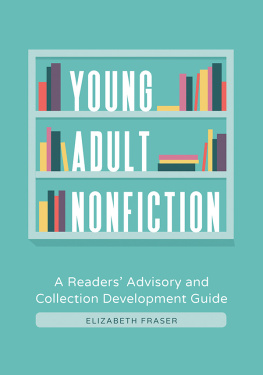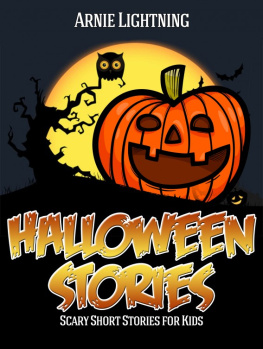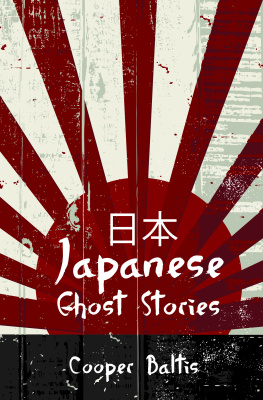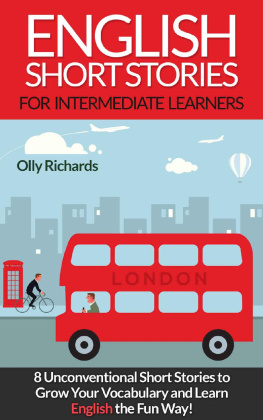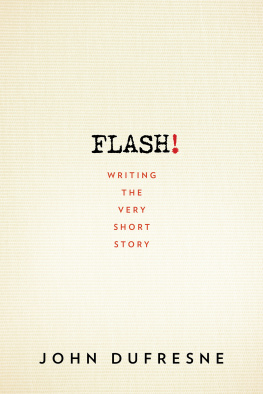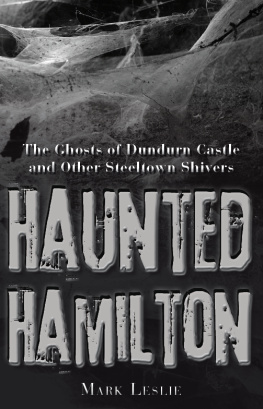Contents
Guide
Check
These
Out
O NE L IBRARIAN S C ATALOG OF THE
200 Coolest, Best, and
Most Important Books
YOULL EVER READ
GINA SHERIDAN

Avon, Massachusetts
Dedication
For my mother, Rita, who always let us check out as many books as we wanted, and who is the only person I know who has read Gone with the Wind in one sitting.
Contents
Introduction
If youre looking for a literary love affair, youre in luck. In this book, youll find the 200 coolest, best, and most important books Ive come across in my years as a reader and librarian. From the sometimes-somber books about the American Dream fallacy, to a list of fantastic graphic biographies and memoirs, to young adult books that adults can really get into, Check These Out is a checklist of books that I highly recommend to any reader. These are the books I pull out when someone asks for a quick recommendation, a good book in a world filled to the brim with great, and not-so-great, things to read. This is not meant to be a stand-in for what those in Library Land consider typical readers advisorya fundamental library service that fosters an ongoing relationship between a librarian and a library patron. This book does not operate on the principle if you like book A, youll like book B; rather, this book offers an intimate glimpse at the bedtime reading on my nightstand, the books that line my shelves, and the stories that have highlighted my career in library science.
Choosing the titles in the following fifteen lists was a fun challenge. I scoured my Goodreads page and old reading journals. I finally got around to many of the titles on my ever-growing to read list. I compared notes with fellow readers I trust. I was reminded about books Id loved at different places in my life. Committing to these titles is like entering into a relationship. Rediscovering some of them was like seeing an old friend unexpectedly. These are the genres that intrigue me the most as a librarian, and each chapter includes a diverse mix of titles, authors, and publication dates.
Youll find check-mark boxes next to each title, and there is an alphabetical list of all of the titles at the back of the book. For those of you who are checking this out from the library, whatever you do, please dont write in the book! Your friendly neighborhood librarian will hear about it from a disgruntled patron and then will have to spend several minutes apologizing for humanity. Please see my website (www.ginasheridan.com) for a printable version of the checklist instead.
This book will help you discover or rediscover a favorite story and inspire you to keep a list of your own or share one that youve created. Let it lead you to your local library to get a personalized reading suggestion, or rile you up because Ive neglected to include one of your favorite titles or genreswhen these things happen, we all win. Because we are reading, talking about, and sharing books.
So, pull out your to read list, turn on your e-reader, get out your library card. Start checking out books and checking them off.
Chapter 1
Americant Dream
Stories about trying, and failing, to get ahead in America.
Dusty trails out West to Wall Street riches to a picture-perfect home in a suburban cul-de-sac. Stories about America are often romanticizedthey are filled with roads paved with gold, promises of freedom, limitless riches bubbling over the top of a melting pot of dreams fulfilled. We tend to glom on to the stories of the underdog succeeding: those miraculous, one-in-a-million tales of utter success. Why? Because we desperately want to believe those stories not only exist but are the norm. That we, too, can attain complete and utter success, or at least make our neighbors believe we have. That if we work hard, keep our chins up, and follow all the rules, we can embody the dream. But the books on this list illustrate the goings on in the shadows of the American dream. These are the stories of people trying and failing to clear the enormous obstacles they face. Packed with crazy confrontations, cultural clashes, and raw humanity, these books are about the people who dont fit in and, try as they might, just cant get ahead in America.
The Beautiful Things That Heaven Bears (2007) by Dinaw Mengestu
Sepha Stephanos is an Ethiopian American running a drab grocery store in a poor section of Washington, D.C. When a white woman moves into the neighborhood with her ten-year-old biracial daughter, Sepha is first confused by their presence in the neighborhood but is soon taken with them. What strikes me most about this story of an Ethiopian immigrants search for success, peace, and acceptance on a continent that does not feel like home is the sheer matter-of-factness of the narrative. This is not a story filled with twists and turns; its a genuine representation of the everyday of unbelonging. Weve all felt out of place somewhere or sometime. Mengestu helps me understand how much more this feeling is amplified for a person new to the United States.
Black Like Me (1961) by John Howard Griffin
Growing up in the racially divided city of St. Louis taught me that the issues surrounding social and racial inequality often go unspoken but noticed, unacknowledged but reinforced. This book, about one journalists exploration of racial inequality, may have been published decades ago, but recent events in the United States have shown that it is not at all dated.
Ive always been fascinated by stories about racial passing, stories usually told from an African Americans perspective on passing as white. In Black Like Me, white journalist John Howard Griffin passes as black. Griffin, who sought to experience what it is like to be on the receiving end of racial discrimination, used dermatological drugs and ultraviolet lamps to darken his skin in order to pose as a black man traveling across the South for six weeks in 1959. He immediately noticed a stark and distinct change in the way white store clerks, bus drivers, law enforcement officials, women, and men treated him. Although he did not encounter violence, he was refused service, had trouble finding work, and was routinely asked about his genitals and sexual experiences because of bizarre stereotypes about African-American men. Although the book is distressing, the Washington Post book critic Jonathan Yardley wrote that Black Like Me awoke significant numbers of white Americans to truths about discrimination of which they had been unaware or had denied. The project and its backlash resulted in the near-death beating of Griffin and sparked a temporary move to Mexico in order to protect his family. Fittingly, the title is the last line of the poem Dream Variations by Langston Hughes. For further reading from the African-American perspective on the topic of racial passing, also check out A Chosen Exile: A History of Racial Passing in American Life (2014) by Allyson Hobbs and Passing (1929) by Nella Larsen, a classic novel included in .
Give Me My Fathers Body: The Life of Minik, the New York Eskimo (1986) by Kenn Harper
In this unbelievable account of exploitation and exile, famed explorer Robert Peary brings six-year-old Inuit Minik and others from Greenland to New York in 1897 as a sort of show-and-tell, and then abandons the child when the rest of the party, including Miniks father, falls ill with tuberculosis. As if thats not shocking enough, Minik later learns that his fathers body is on displayownedby the American Museum of Natural History. Miniks fight to bring his fathers body home for a proper burial and his struggle to assimilate in America, or to return to Greenland, leaves him lost, alone, and devastated. Almost 100 years after the injustice and scientific arrogance that shaped Miniks life took place, author Kenn Harper played a role in pressuring the museum to finally return the Inuit remains to Greenland. Actor and producer Kevin Spacey was so moved by Miniks story that he wrote the foreword to the 2001 edition of the book and optioned the film rights. Miniks story is chilling, sad, and an important account of the exploitation of indigenous people by the scientific community.

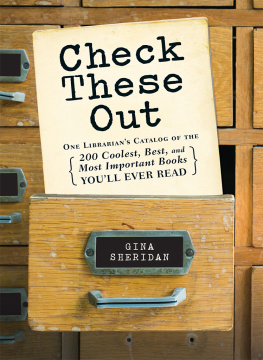

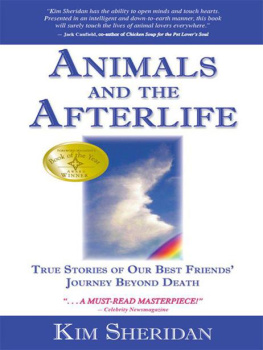
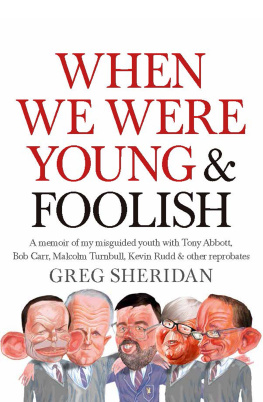
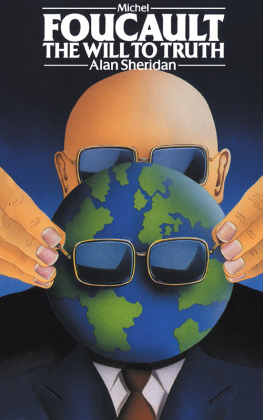

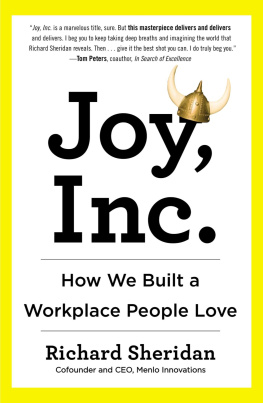
![Majkl Suenvik - Tales of Old Earth [A collection of short-stories]](/uploads/posts/book/894597/thumbs/majkl-suenvik-tales-of-old-earth-a-collection-of.jpg)


